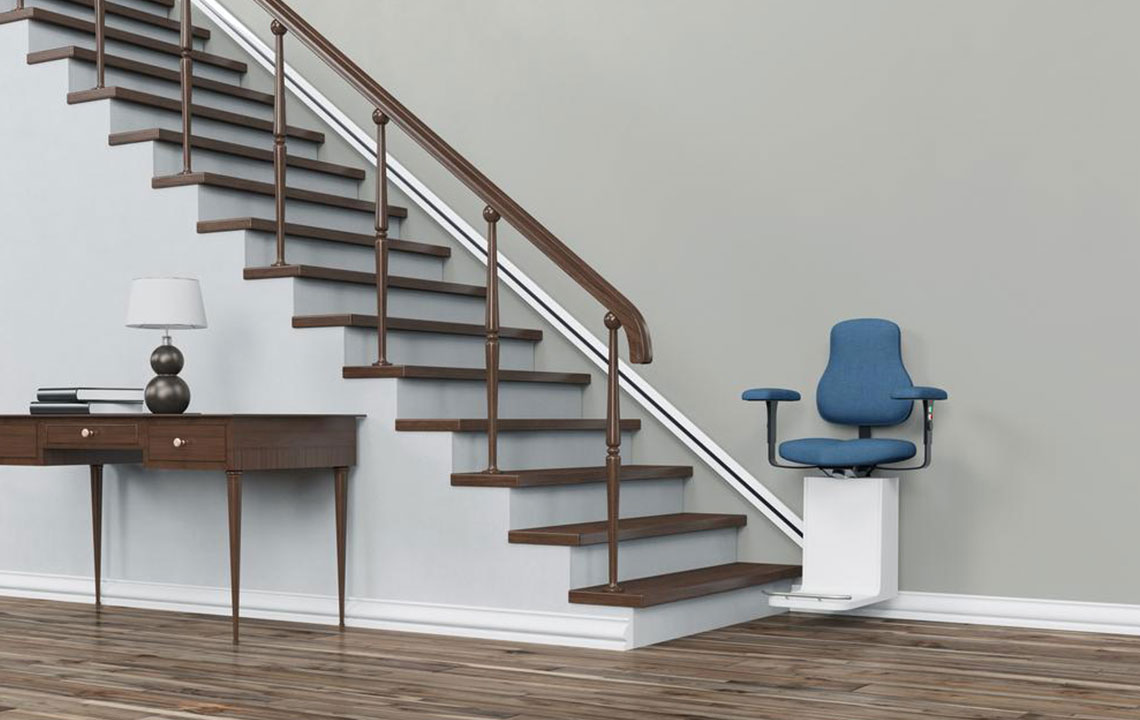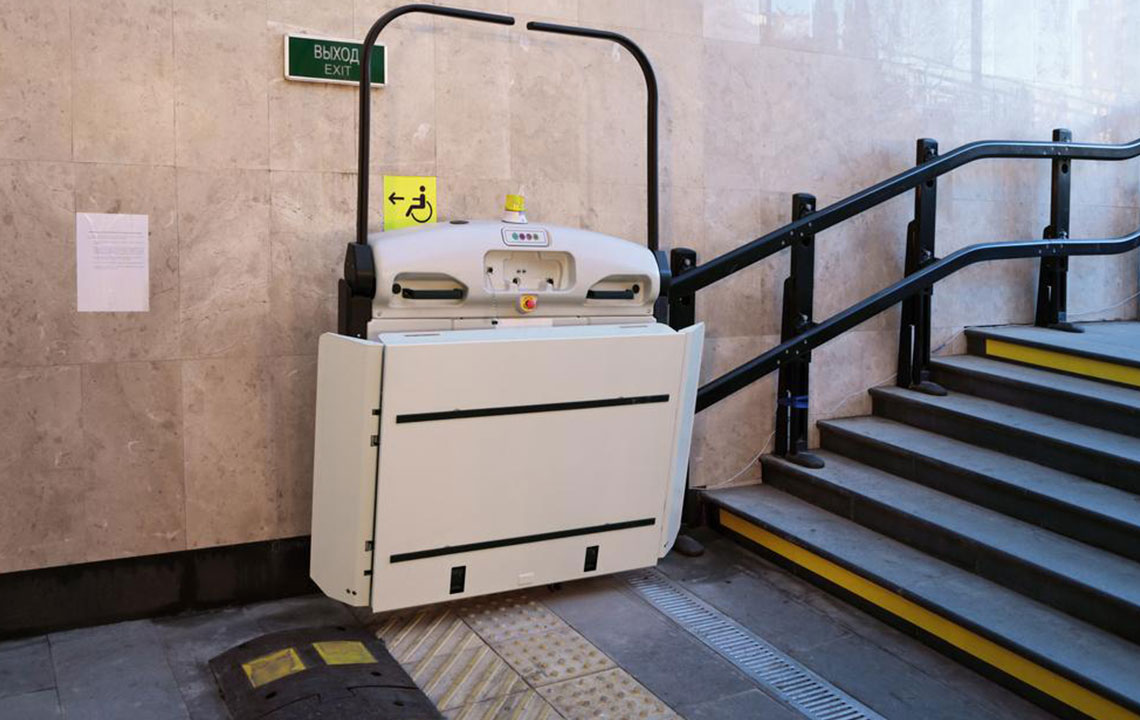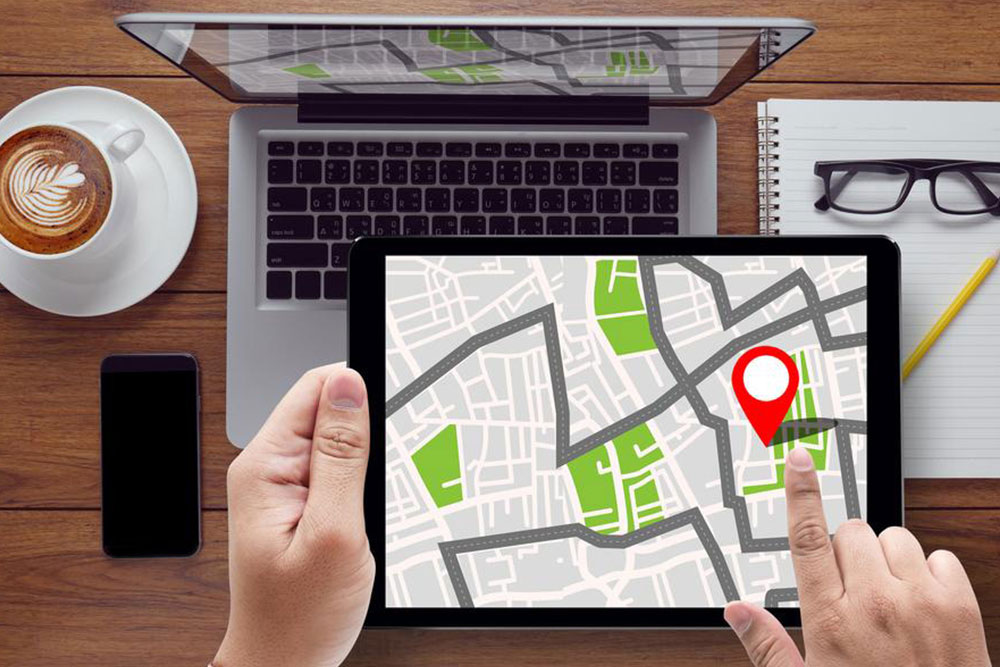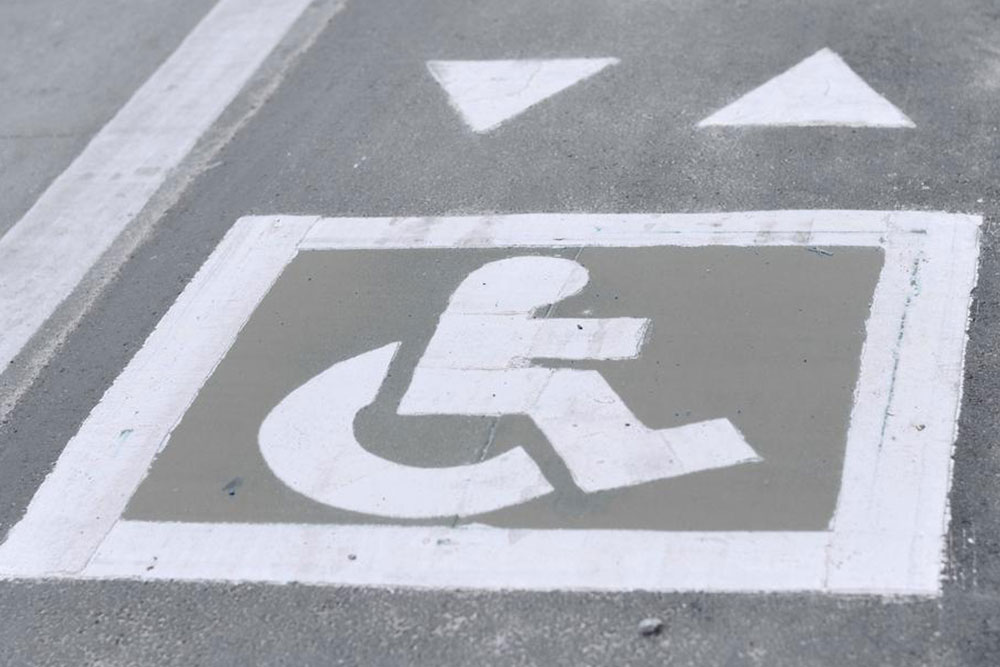Comprehensive Guide to Stair Lifts: Improving Accessibility and Independence
This comprehensive guide explores the various types of stair lifts, their benefits, and suitability for different environments. It highlights how these mobility devices improve independence, safety, and quality of life for users with movement challenges. Whether for indoor or outdoor use, stair lifts are essential tools designed to suit diverse needs, offering customized, safe, and effective solutions for all age groups. Learn how stair lifts can transform living spaces, promote safety, and restore confidence in mobility.

Introduction to Stair Lifts: Enhancing Mobility and Accessibility
Stair lifts are innovative mobility solutions crafted to assist individuals in safely and comfortably moving between different levels within a building. Designed with safety, convenience, and for improving quality of life, these devices are particularly valuable for elderly individuals, those recovering from injuries, or anyone facing mobility challenges. Today, stair lifts have become an integral part of accessible homes, healthcare facilities, and public spaces, reflecting a growing commitment to inclusivity and independence.
The core structure of a typical stair lift involves a motorized seat attached to a track, which is installed alongside the staircase. The seat is often equipped with armrests, a supportive backrest, and a footrest, providing users with a comfortable and secure seating area during transit. Operation is typically facilitated by easy-to-use controls, such as buttons or remote controls, allowing users to navigate stairs without physical strain or assistance.
Types of Stair Lifts and Their Variations
Stair lifts are designed to accommodate different architectural features and user needs. Conventional straight staircases are well-served by straight-track models, which are straightforward to install and cost-effective. For homes and buildings with winding or curved staircases, custom-designed curved tracks provide a tailored transport solution, ensuring smooth and safe rides around corners and bends.
Outdoor stair lifts are built with durable, weather-resistant materials to withstand the elements, making them suitable for exterior stairs leading to porches, decks, or backyard areas. Additionally, platform lifts are available, specifically designed to carry wheelchairs or heavy loads, providing an inclusive mobility option for users with diverse requirements.
Each variant focuses on providing safety, comfort, and adaptability, ensuring that users find a suitable solution regardless of their specific environment or mobility level.
Who Can Benefit from Stair Lifts?
Stair lifts are invaluable for people of all ages who face mobility challenges, including seniors, individuals recovering from surgeries or injuries, and those with disabilities. They enable users to regain independence, avoid risky stair navigation, and reduce dependence on caregivers or family members.
In healthcare settings, hospitals and assisted living facilities often install stair lifts to enhance patient safety and improve ease of movement for residents. Moreover, some companies and healthcare providers offer short-term rental options, making the technology more accessible during recovery phases or temporary mobility limitations.
The Advantages of Installing a Stair Lift
Installing a stair lift offers numerous benefits, both practical and psychological. Primarily, it grants users the ability to move freely within their homes, preserving independence and dignity. Stair lifts significantly reduce the risk of falls, a common concern for elderly and mobility-impaired individuals, thereby promoting safer home environments.
Homeowners can select models that match their interior decor, seamlessly blending functionality with aesthetic appeal. Modern stair lifts are engineered for easy operation, often featuring intuitive controls suitable for users with limited dexterity or vision impairments. The installation process is typically quick and minimally invasive, ensuring minimal disruption to daily life.
Beyond safety and convenience, stair lifts also contribute to emotional well-being. The capacity to access all areas of one’s home encourages an active lifestyle, reduces feelings of isolation, and fosters a sense of independence that is crucial for mental health.
In conclusion, stair lifts are a vital assistive device for enhancing mobility, safety, and independence. As technology advances, these devices are becoming more customizable, durable, and easier to operate, making them an increasingly popular choice for individuals seeking to improve their quality of life and maintain their autonomy at home or in public spaces.





